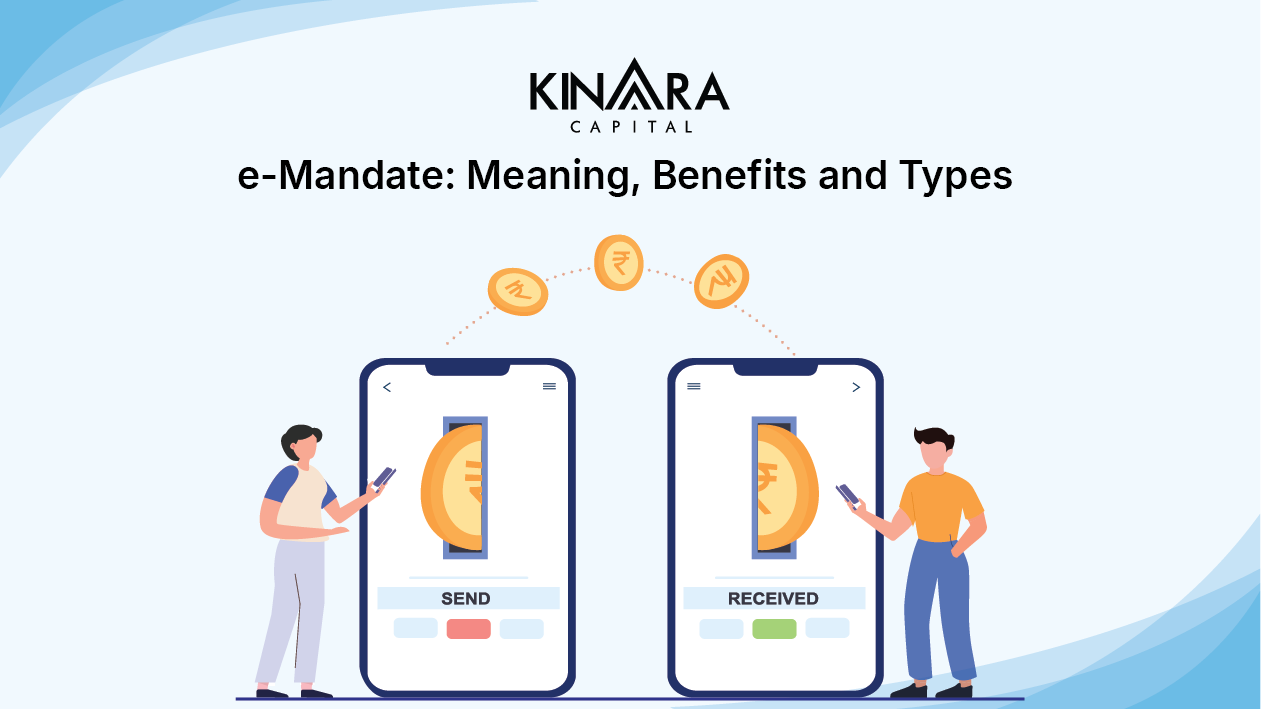
Businesses shifting towards faster, automated solutions to manage recurring payments is not just a desire but a need, especially in this age of technology. Today, we will look at a digital solution for MSMEs that will make payments easy for them. This solution is the e-mandate. It is a digital payment authorization that simplifies regular transactions like loan repayments, utility bills, or subscription services.
This blog will explore what e-mandates are, their benefits for businesses and customers, and the different types available. With e-mandates, managing payments becomes effortless, ensuring smooth cash flow and minimizing delays, which is especially critical for MSMEs. Read on to discover how this tool is transforming payments in India.
Technically, an e-mandate is a digital authorization allowing businesses or individuals to automate recurring payments like loan EMIs, subscriptions, or utility bills directly from their bank accounts.
For you, it may mean an agent that eliminates manual efforts and ensures timely payments, improving cash flow and reducing delays. e-mandate means customers can pre-approve payments, enhancing convenience and efficiency. e-mandate meaning lies in simplifying regular transactions through secure online processing. As a result, understanding what is e-mandate becomes essential for businesses seeking smooth, automated payment solutions that improve operational efficiency.
An e-mandate allows individuals and businesses to automate recurring payments directly from their bank accounts. To start, customers complete the e-mandate registration process by authorizing the service provider through their bank or payment gateway. Once registered, payments are automatically processed on the scheduled dates, ensuring timely transactions without manual intervention. Banks and institutions provide an e-mandate list to track approved mandates. Understanding what e-mandate registration is helps businesses streamline payments, minimize delays, and improve cash flow through secure, automated digital processes.
Once authorized, payments will be automatically deducted from your bank account according to the agreed terms.
In conclusion, the e-mandate facility offers a convenient and secure way to manage recurring payments, streamlining financial transactions for both businesses and individuals. By following a straightforward application process, users can automate payments, ensuring timely deductions without manual effort. This not only improves cash flow but also reduces the risk of late payments. Embracing e-mandates can enhance financial management and efficiency, making it an invaluable tool in today’s digital landscape.
Yes, an e-mandate is secure, utilizing encryption and authentication protocols to protect sensitive information. Multiple verification layers, such as linking Aadhaar and bank accounts, ensure reliability and compliance with regulatory standards, safeguarding against unauthorized access.
e-mandates are commonly used in industries such as banking, utilities, insurance, telecom, and e-commerce, facilitating automated payments for loans, subscriptions, bills, and recurring services, enhancing efficiency and cash flow management.
Yes, e-mandates can be revoked or canceled at any time by the account holder. This can typically be done through the bank’s online portal or by contacting the service provider directly.
No, e-mandates are not limited to domestic transactions. They can also be utilized for international payments, depending on the service provider and the banks involved in the transaction.
e-mandates are shaping the future of digital payments by enabling seamless, automated transactions, enhancing cash flow management, reducing defaults, and fostering financial inclusion. Their security and convenience promote widespread adoption across various industries, driving innovation in payment solutions.
